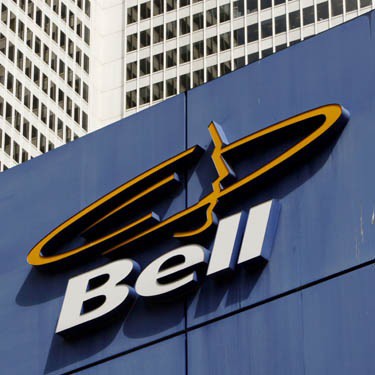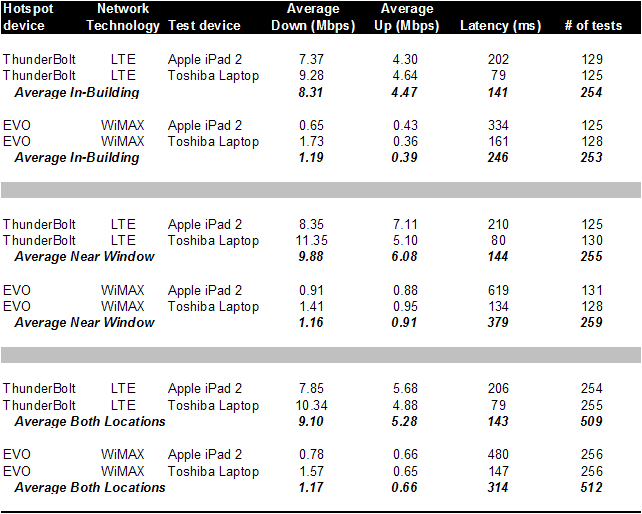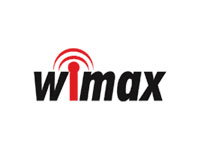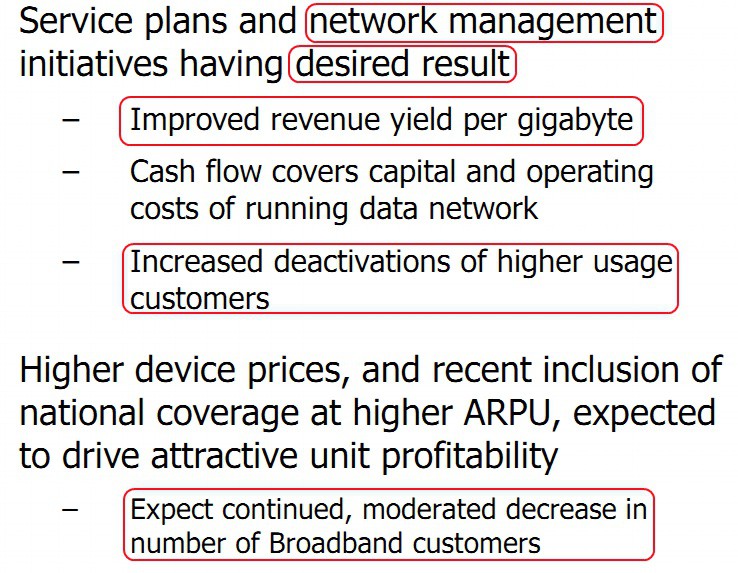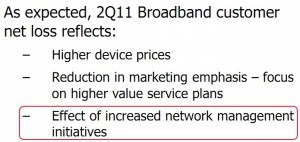 One of the conditions Comcast had to agree to as part of its multi-billion dollar deal to acquire NBC-Universal was to throw a bone to some of America’s poorest households by offering discount Internet access for three years. Comcast agreed and is rolling out low-speed Internet at a discount in time for the upcoming school year.
One of the conditions Comcast had to agree to as part of its multi-billion dollar deal to acquire NBC-Universal was to throw a bone to some of America’s poorest households by offering discount Internet access for three years. Comcast agreed and is rolling out low-speed Internet at a discount in time for the upcoming school year.
“Comcast Internet Essentials,” is the ultimate in bare-bones Internet. For $9.95 a month, customers in Comcast service areas will get 1.5Mbps download speed and 384kbps upstream, with the usual 250GB usage limit Comcast applies to everyone. But not just anyone can qualify. Comcast has limited the program only to households with at least one child qualified to receive free (not discounted) school lunches under the National School Lunch Program. So if your income-challenged household doesn’t include children, or you pay for your own school lunches, you are out of luck.
Comcast is also denying access to anyone who has had any level of Comcast Internet service within the last 90 days. So if you’ve scraped enough money together to pay Comcast’s regular prices, the cable company is not going to give you a break.
If your kids graduate or are removed from the school lunch program, your inexpensive Internet service goes with it.
 If you have been late on a Comcast bill, or owe the company for unreturned cable equipment, you also cannot receive the service.
If you have been late on a Comcast bill, or owe the company for unreturned cable equipment, you also cannot receive the service.
The company will also provide vouchers for a “discounted laptop” for $150 — a computer that turns out to be a netbook. At least it comes with Windows 7 (Starter Edition).
Comcast requires would-be customers to start with an application, available by phone, at 1-855-8-INTERNET (1-855-846-8376). The merger approval agreement required Comcast to provide the service for three years. Guess what happens to it when the requirement ends. No matter — Comcast is turning the entire affair to its public relations advantage, showing up on various media outlets promoting the program as if Comcast thought it up on its own. Not quite. We have three questions:
- How many consumers would sign up for the service if Comcast offered $9.95 1.5Mbps to anyone who wanted it?
- How many might consider downgrading their current service for something less expensive, especially if they are only interested in occasional web browsing?
- Will the “digital divide” Comcast decries today be magically gone at the end of three years, when they quietly drop the program?
[flv width=”360″ height=”290″]http://www.phillipdampier.com/video/KRIV Houston Comcast Internet Essentials 8-8-11.mp4[/flv]
KRIV-TV in Houston explores the various conditions Comcast places on its Internet Essentials program. (2 minutes)
[flv width=”512″ height=”308″]http://www.phillipdampier.com/video/CNN Low Cost Internet 8-10-11.flv[/flv]
Comcast’s David Cohen appeared on CNN promoting Comcast’s Internet Essentials as a way to “bridge the digital divide” — a disparity of access American ISP’s originally created with their excessively high-priced Internet services. (3 minutes)


 Subscribe
Subscribe


